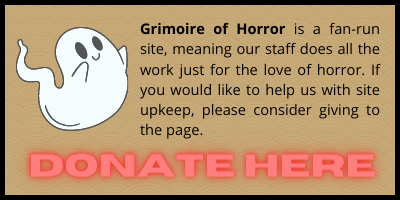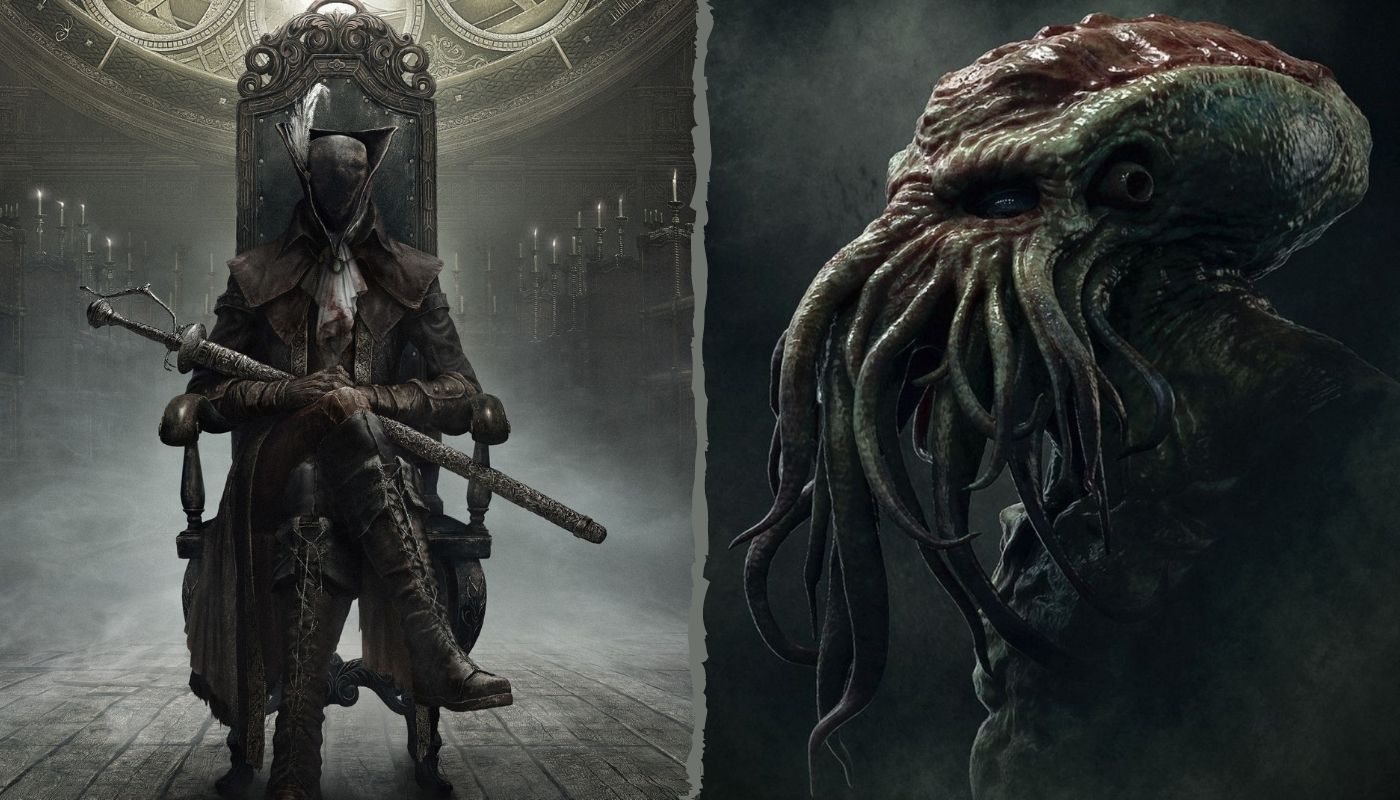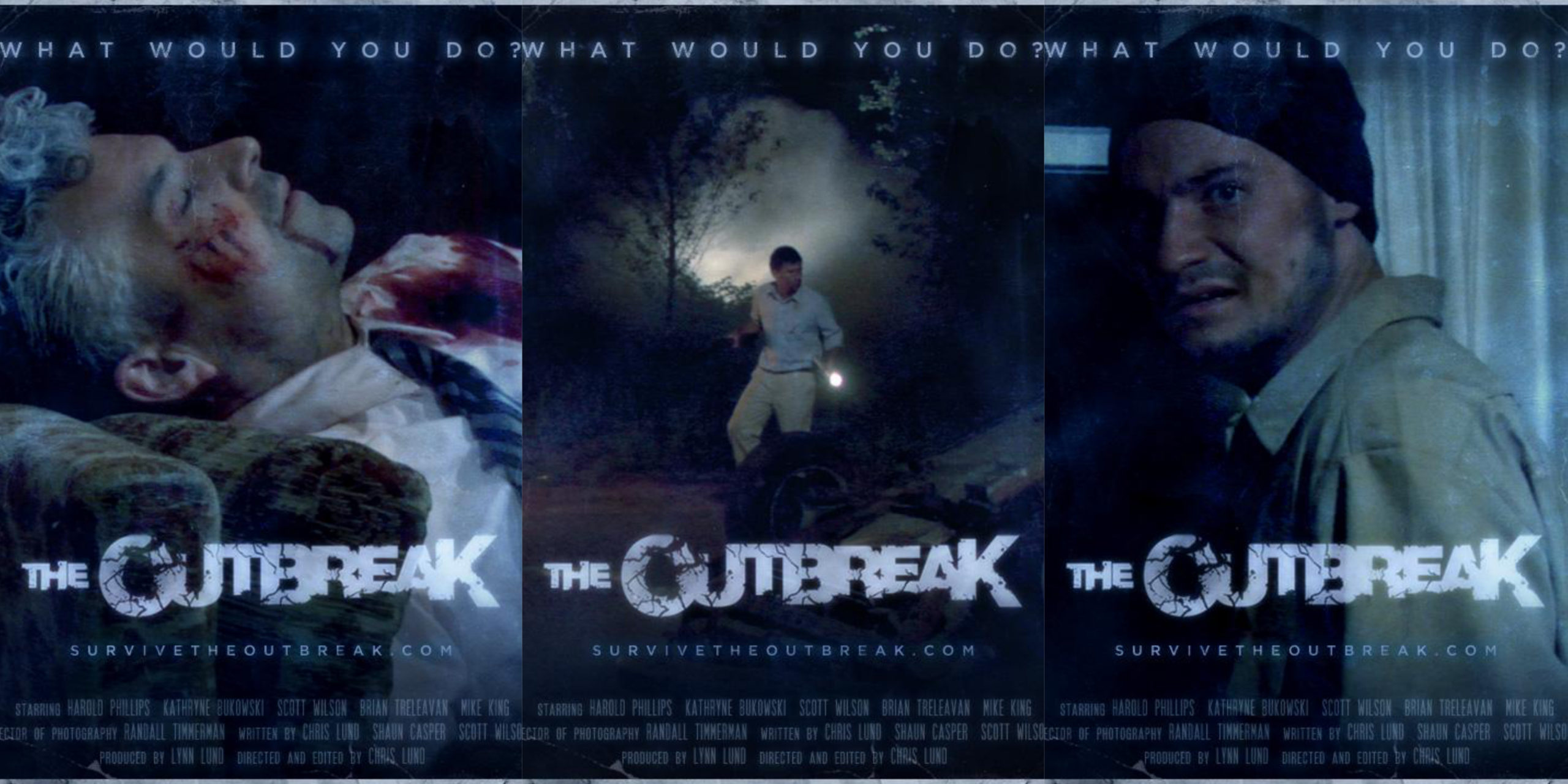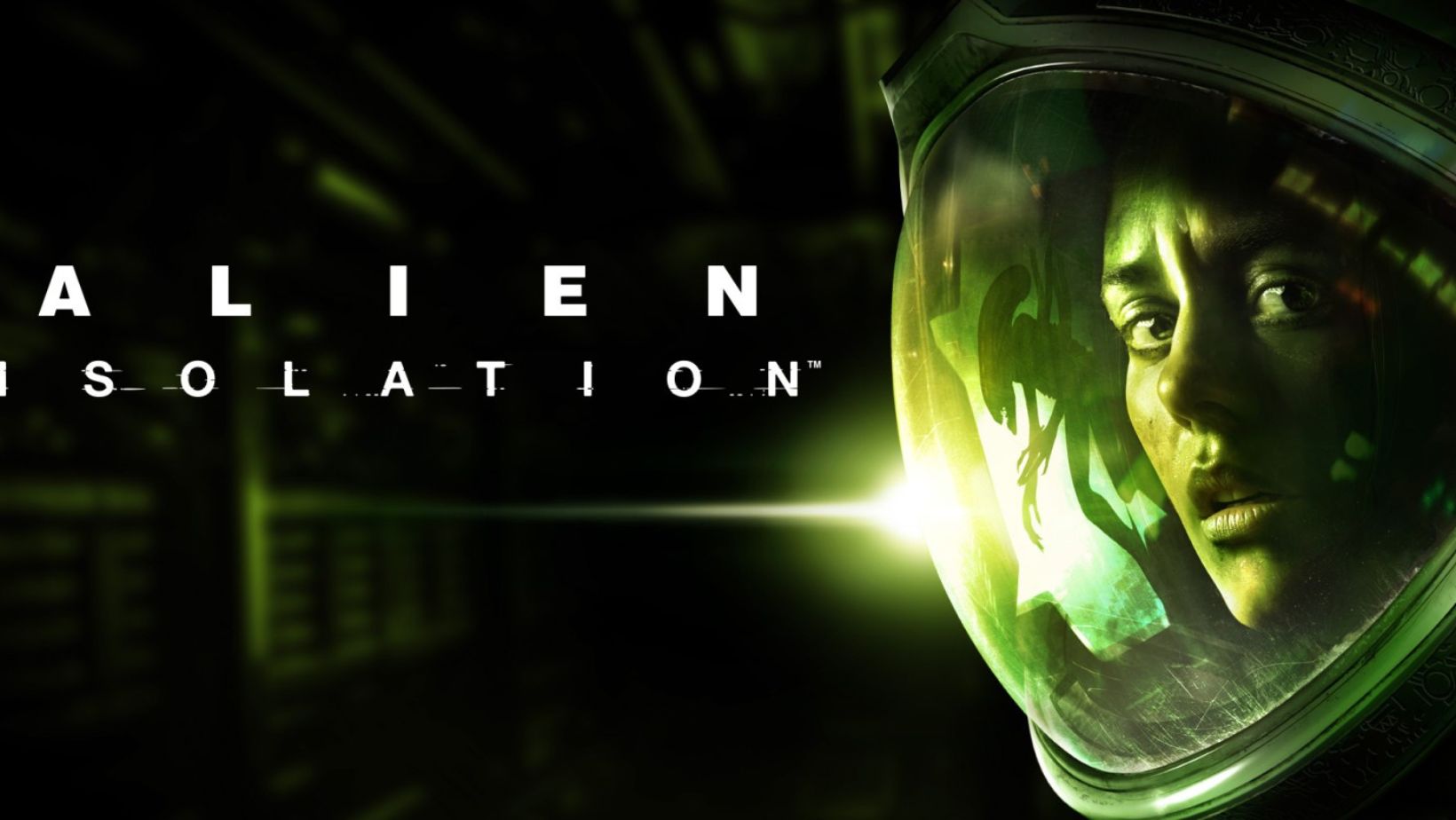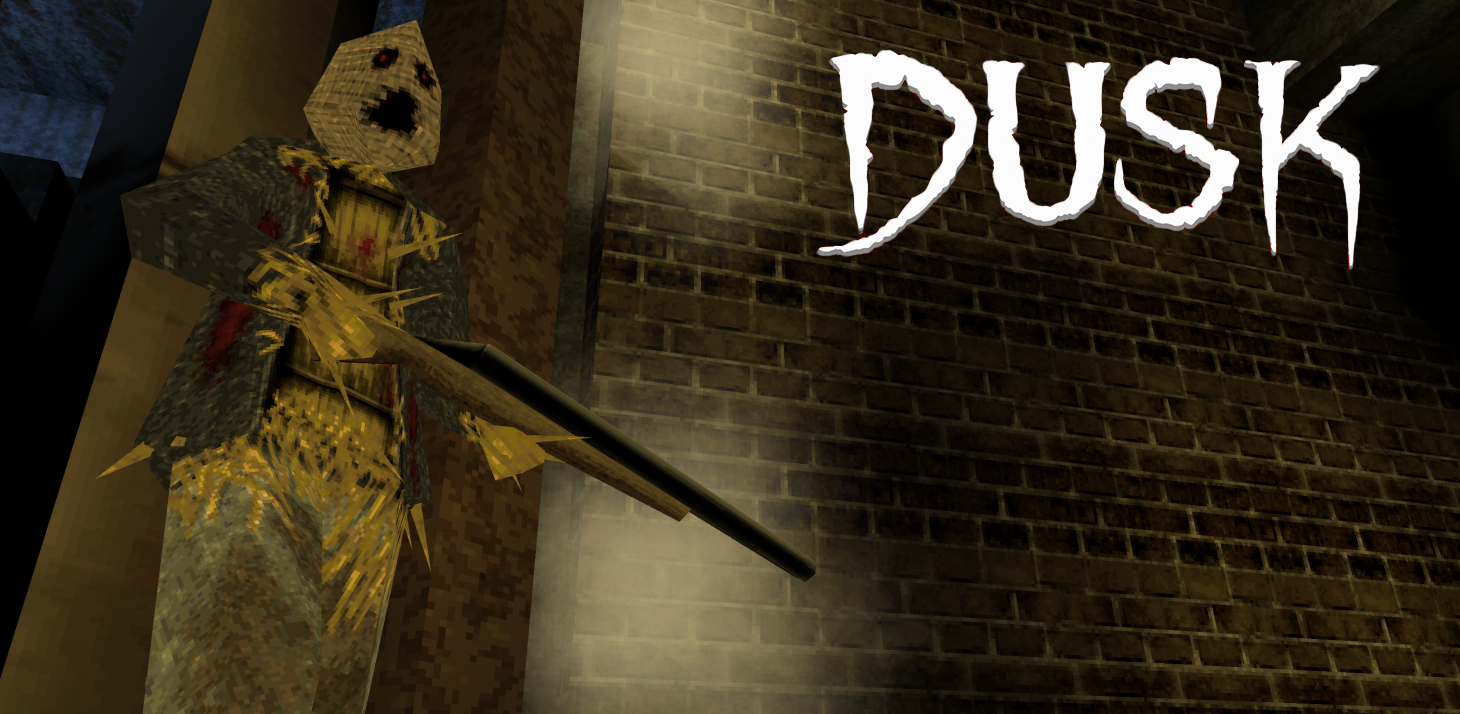
Due to the current climate in the gaming market, I have become bored with most triple A game titles. With many being released in an unplayable state, requiring ‘Day One’ patches before the game is even accessible and controversy after controversy from game studios becoming all the more common. As a result, I found myself gravitating towards independent game companies – backed by a small and dedicated team. As this process has seen more success and lead to critically acclaimed titles, I have found myself more interested in such projects.
These games tend to go back to a time in gaming when things were simpler, focusing less on polished, high-res textures and huge, impressive stories but instead focused on fast, frantic action-packed gameplay. One modern game that has encapsulated this style flawlessly is Dusk.
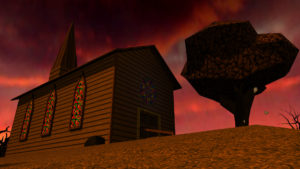
What Is It?
Dusk is a 2018 retro-styled first-person shooter created by American developer David Szymanski and published by New Blood Interactive for Microsoft Windows, macOS, Linux and Nintendo Switch.
Dusk takes place in and around the fictitious town of Dusk, Pennsylvania. A huge network of “Lovecraftian ruins” are discovered underneath a section of farmland, attracting the attention of the government. Military personnel and scientists establish research labs and factories in the town in an attempt to harness the magic of the ruins. However, much of the research team soon falls victim to a series of demonic possessions and industrial disasters, forcing the remnants of the team from the town. A large perimeter wall is built around the town to effectively seal it off from the outside world. The player takes on the role of a nameless treasure hunter (‘DuskDude’ or ‘The Intruder’) who’s heard rumours that hidden riches exist within the sealed town. The treasure hunter is apprehended by the town’s denizens, brought to a secluded farmhouse, and propped onto a meat hook.
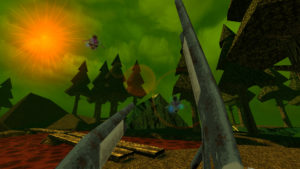
What Did I Like About It?
Dusk is an ode to all retro first-person shooters that preceded it. Providing smooth, responsive controls, it feels like a faithful recreation of older game engines such as the Quake Engine or Build Engine. As such, this allows similar manipulation of the movement mechanics that have been developed and refined by players over the years, allowing for a real speed boost if you know how.
The gameplay in Dusk is beautifully fluid. Including amazingly receptive movement and informative weapon feedback. You are a glass cannon with the ability to do overwhelming amounts of damage but cannot take too much in return. This is supported by enemy attacks being either melee or projectile based, and the ability to be able to dodge these attacks imperative to your survival. Although there are only 9 different weapons, each one has a specific task to perform. From pistols, assault rifles, mortars, shotguns and an almost game-breaking one-hit bar of soap pick up, being able to switch between them depending on what enemies you are facing will greatly improve your chances of survival – a situational arsenal.
Dusk’s low resolution graphics are very cohesive by design and become almost unnoticeable during gameplay. Maps are intricately made to resemble actual locations and feel natural in their placement unlike earlier games such as Duke Nukem 3D, where levels felt somewhat cobbled together and unnatural in their design. The game comes with a custom graphic slider to control textures and pixilation, ranging from slick and modern to extremely crunchy and straight out of 1995. Using this aesthetic, the game is very visceral. Giving the player the ability gibb any enemy into meaty chunks and bloody particle effects in an almost cathartic way.

Dusk has an awesome soundtrack and score, created by one of the busiest men in video game development, Andrew Hulshult. If it’s an indie shooter released over the last five years, you can near guarantee Andrew Hulshult was involved. The game’s ambient score is incredibly atmospheric and tense while the soundtrack flips to the opposite end of the scale, technical heavy metal accompanying the relentless carnage. The soundtrack is reminiscent of Trent Reznor’s world renowned score for Quake as well as Mick Gordon’s soundtrack for the Doom reboot series.
The game has a huge enemy roster that is subject to change over the three episodes, providing a nice variety of enemies to keep the player on their toes. Enemy placement is very organic and has a sense of belonging, helping cement the world these characters are in. Out of all the enemies, my favourite by far is the Wendigo. Being completely invisible bar some small, bloody footprints, the Wendigo will only become visible when hit, accompanied by a dramatic violin sting, and it lead to some intensely frightening moments in the middle of a firefight.
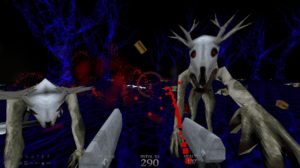
Dusk is full of references to popular culture that has influenced David Szymanski in his creation. Cult films and retro games such as Evil Dead, The Texas Chainsaw Massacre, Quake, Blood, Heretic, Rise of the Triad and Half Life, just to name a few, have not only influenced the aesthetic of the game but the core gameplay as well.
What Didn’t I Like About It?
Dusk was made with such care and attention, it was difficult to find anything I didn’t enjoy. The only things I did seem to find seem to be a few problems inherent with old school shooters. Making contact with any scenery or walls will severely negate the player’s velocity which can sometimes be problematic in the midst of a firefight, but this is more due to the player’s movement and can be conquered by skill.
Featuring gameplay elements such as key or switch hunting, backtracking can sometimes be necessary to find the door needed to progress. However, this wasn’t necessary too much as the game seemed to progress more organically.
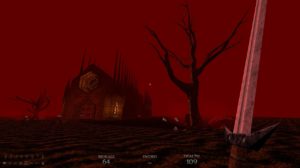
Where Can I Find It?
Dusk is available to buy via Steam here. The game is also available on Nintendo Switch.
Overall Thoughts
Dusk is truly a work of art. It feels like a forgotten 90’s FPS that has been lovingly restored and bought back to life in modern times. Dusk’s difficulty spikes heavily between episodes and could prove difficult for players not versed in old school shooters. On harder difficulties, you will die… many, many times, but with the arsenal provided and the ability to master player movement, these deaths never feel unfair or cheap.
It took me around 12 hours to complete the game, yet could take longer if you hunt for all the secrets, including multiple secret levels. Dusk also comes with an online multiplayer deathmatch that can support up to 16 players, which I unfortunately didn’t get the chance to test my skills as there were no populated servers each time I tried. This game is a must-play for fans of retro first-person shooters and is an accessible way for new players to this style of game.
More Video Game Reviews:
Released in December 2021, Vampire Survivors is a retro-style roguelike role-playing bullet hell video game that takes inspiration from the Castlevania series, developed and published single-handedly by indie developer Luca… For those who have been living under a rock for the last few years, Vtubers are a popular format of streamers who use an animated avatar in the style of… Saiko no Sutoka (Hepburn: Psycho Stalker) is a survival horror game created by independent Indonesian developer Habupain for PC. The story follows a teenage schoolboy named Akira as he finds… It’s no secret that H. P. Lovecraft was a massive influence on the highly successful gothic horror/action RPG Bloodborne, but perhaps not every gamer is familiar with his works. If… When I was a young little horror fan, one of the things that occupied my time was playing online horror Flash games. Sadly, Flash has mostly been discontinued, which left… After Spending 20+ hours with Alien Isolation, I can say that it’s one of the best modern horror games in a long while, from its Gameplay to its sound design:…Vampire Survivors (2021) Game Review – Bite-Size Retro Fun
Hololive Error Teaser Demo – Video Content
Saiko no Sutoka Game Review – Game of Yandere Cat and Mouse
Five Lovecraft Stories for Those Who Liked Bloodborne
The Outbreak (2008) Game Review – The Forgotten Precursor to Telltale’s TWD
Alien Isolation (2014) Game Review – In Space, No One Can Hear You Poop Yourself

Hey there, I’m Jim and I’m located in London, UK. I am a Writer and Managing Director here at Grimoire of Horror. A lifelong love of horror and writing has led me down this rabbit hole, allowing me to meet many amazing people and experience some truly original artwork. I specialise in world cinema, manga/graphic novels, and video games but will sometime traverse into the unknown in search of adventure.
